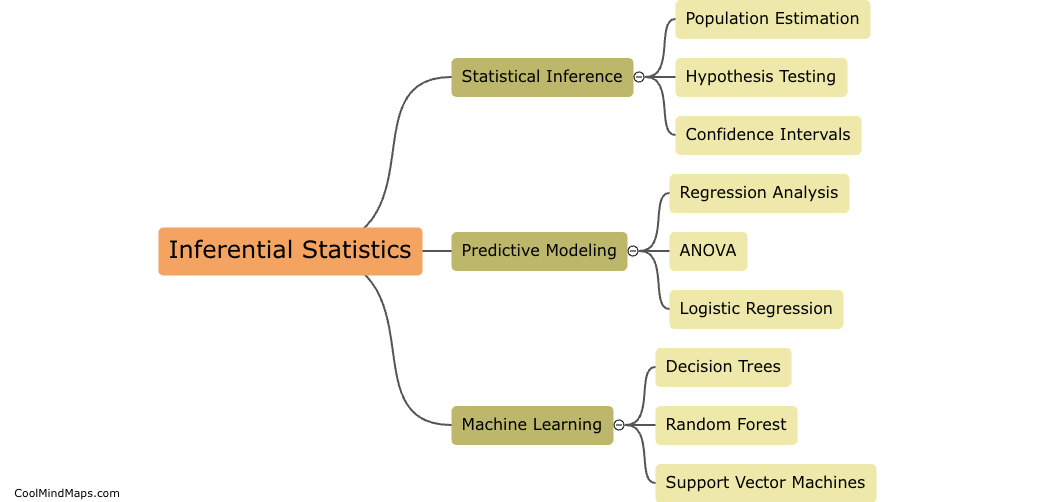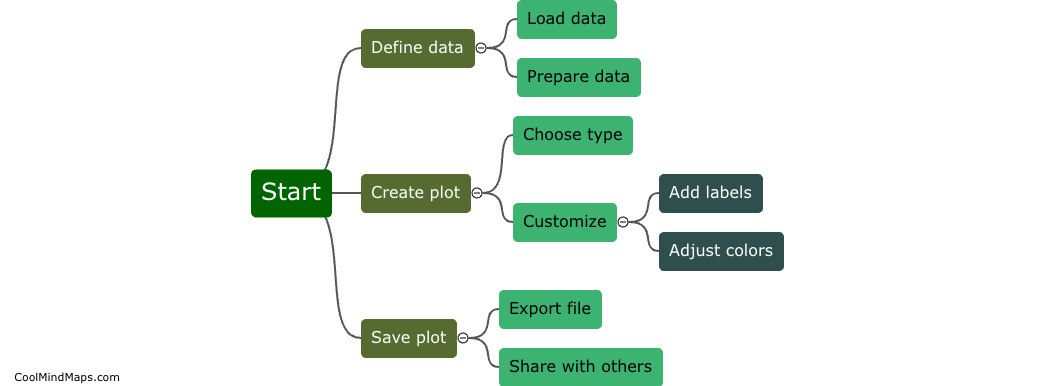How to conduct hypothesis testing in R?
Hypothesis testing is an essential statistical tool used to assess the validity of a claim or hypothesis based on sample data. In R, the process of conducting hypothesis testing involves specifying the null and alternative hypotheses, calculating a test statistic, determining the significance level, and interpreting the results. By using built-in functions like t.test() or wilcox.test() for parametric and non-parametric tests, researchers can easily perform hypothesis testing in R to make informed decisions and draw reliable conclusions based on their data. Additionally, visualizing the results using graphical representations like plots and charts can help users better understand the significance of their findings.

This mind map was published on 15 May 2024 and has been viewed 27 times.











